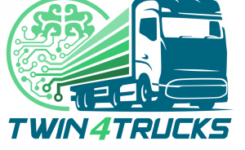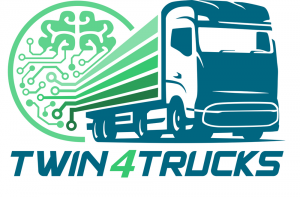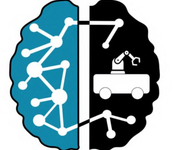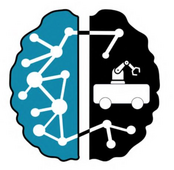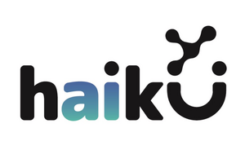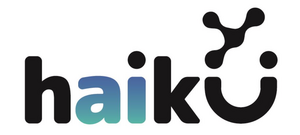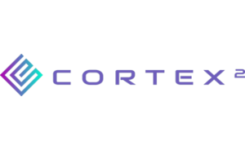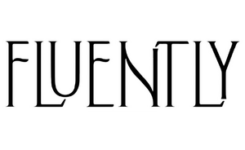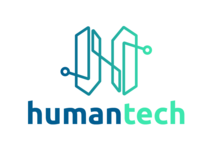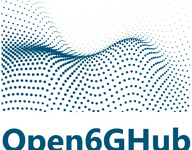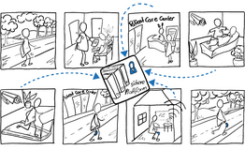

Sichere Datenplattform und intelligente Sensorik für die Versorgung der Zukunft in der Orthopädie
Muskel-Skelett-Erkrankungen, vor allem Rücken- und Knieleiden, sind in Deutschland einer der häufigsten diagnostizierten Krankheiten. Zum Teil auch arbeitsbedingt, sind diese für einen großen Teil der Arbeitsunfähigkeit verantwortlich, was zu erheblichen Kosten für Unternehmen und des Gesundheitssystems führt. Das größte Leistungsvolumen der Krankenkassen fällt in diesem Zusammenhang auf die Verschreibung von Physiotherapien. Für die betroffene Patient:innen ist dies eine erhebliche Einschränkung der Lebensqualität. Schmerzen, sowie langwierigen Diagnostik- und Therapieprozessen, die wiederum an zahlreiche Behandlungstermine und Überweisungen zu den jeweiligen behandelnden Ärzt:innen und Physiotherapeut:innen geknüpft sind, sind die Folge. In OrthoSuPer wird die Entwicklung eines intelligenten Wearables sowie eines Computer-Vision Technologie für orthopädische Fälle, wie Knie-Rehabilitation und orthopädietechnischen Versorgungen angestrebt. Eine gemeinsame Datenplattform in Form einer App, wird sich an Ärzt:innen, Physiotherapeut:innen, Orthopädietechniker:innen als auch an Patient:innen richten. Durch die Integration einer mobilen Bewegungsanalyse mittels des Wearables, sowie eines markerlosen kamerabasierten Systems in die digitale Prozesskette, ergeben sich enorme Vorteile für Diagnostik, Monitoring des Krankheitsverlaufs, von Behandlungsfortschritten und Therapiezyklen, bis hin zum Therapieende. Ferner kann auch die Nachsorge in Form von Rehabilitation, Kontrollen und Prävention wesentlich verbessert werden. Dies führt zu einer erheblichen Arbeitserleichterung für behandelnde Ärzte und Therapeuten. In Deutschland werden jährlich ca. 60.000 Patient:innen mit einer Knie Totalendoprothese versorgt. Davon können laut Krankenkassen ungefähr 30% durch ein SmartWearable vermieden oder aufgeschoben werden. Das entspricht also ca. 20.000 Patient:innen jährlich. Die Expertise der bisherigen einzelnen Prozessbeteiligten wird durch digitalisierte, automatisierte Prozesse verknüpft, beispielsweise mit einer sicheren Kommunikation und Dokumentation über die mobile Applikation. Durch die Digitalisierung wird in der Patient:innenversorgung Zeit gewonnen und der Versorgungsprozess insgesamt für alle transparenter, die Daten helfen Ergebnisse zu objektivieren und gleichzeitig die orthopädische Versorgung zu verbessern. Patient:innen können von einem wesentlich geringeren Aufwand sowie qualitativ höherwertiger Diagnostik, Therapie und Nachsorge profitieren. Zusätzlich gewinnen sie maßgeblich an Kontrolle und Unabhängigkeit. Für die Krankenkassen und das Gesundheitssystem kann OrthoSuPer durch die Vernetzung und transparente medizinischen Prozesse, über die gesamte Patient Journey, erheblich zu einer Optimierung der eingesetzten Ressourcen beitragen.
Partners
Deutsches Forschungszentrum für Künstliche Intelligenz GmbH Ottobock SE & Co. KGaA SIMI Reality Motion Systems GmbH wearHEALTH, TU Kaiserslautern (TUK) Routine Health GmbH Orthopädisches Krankenhaus Schloss Werneck
Contact
Daniela Wittmann



